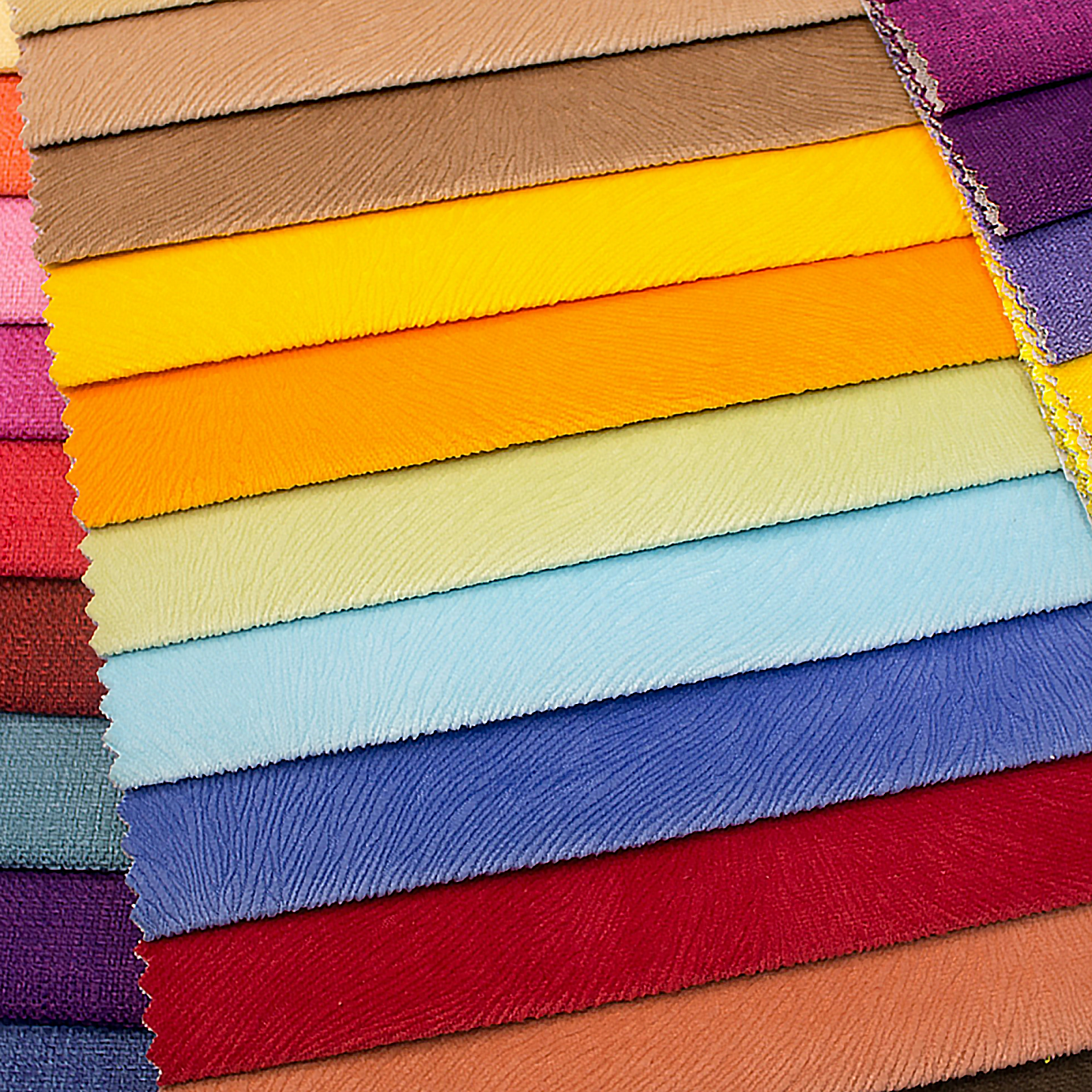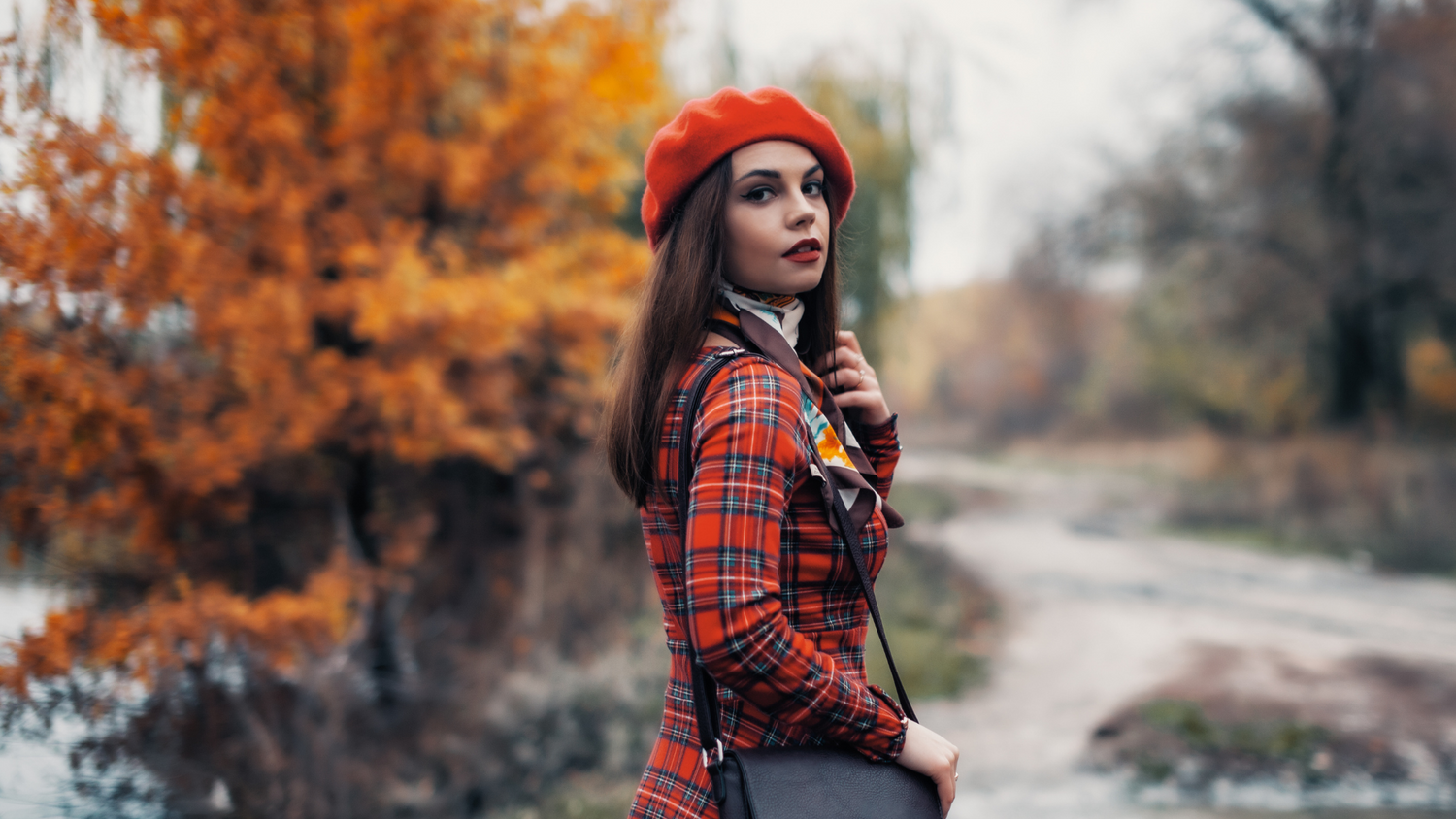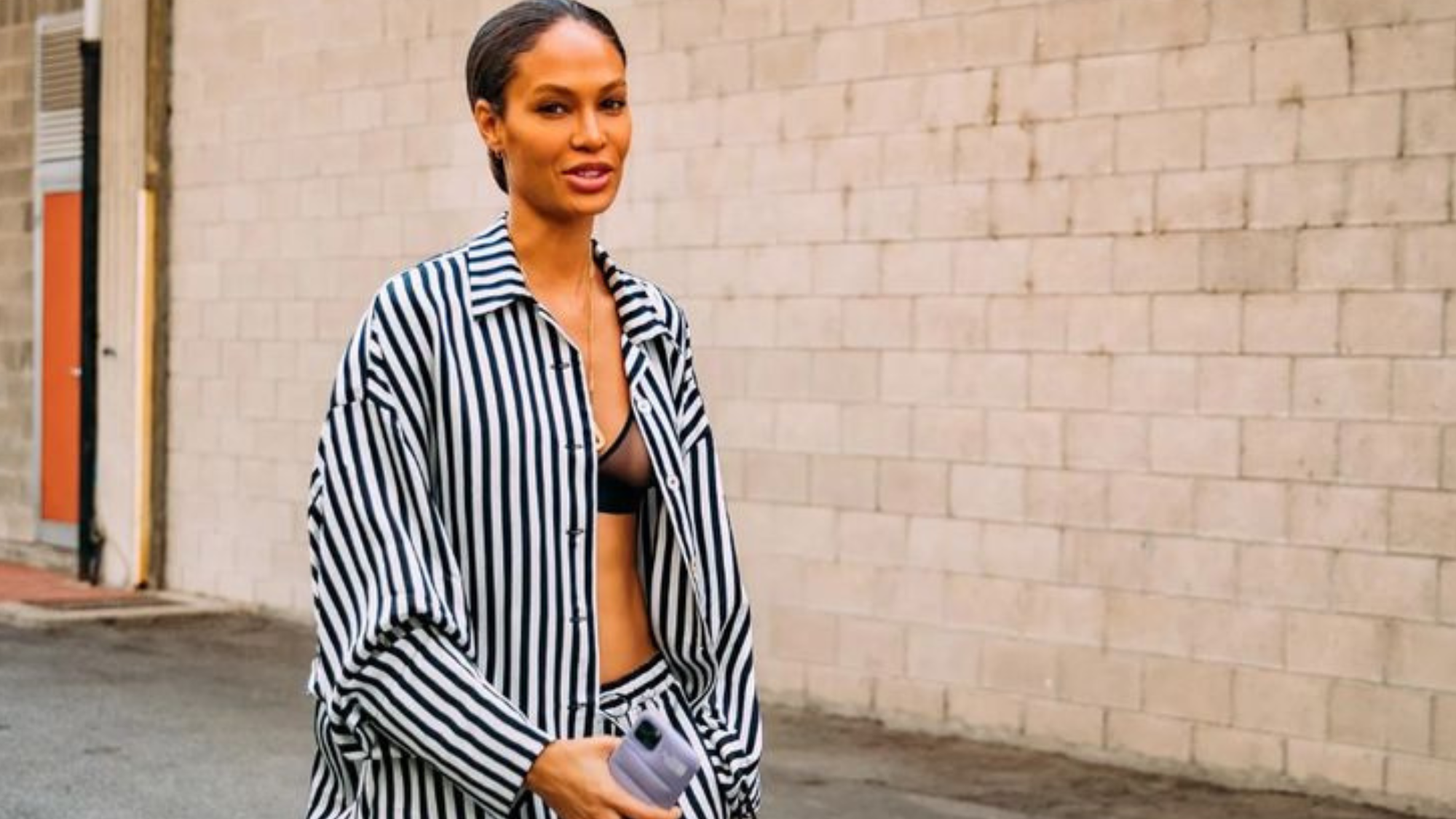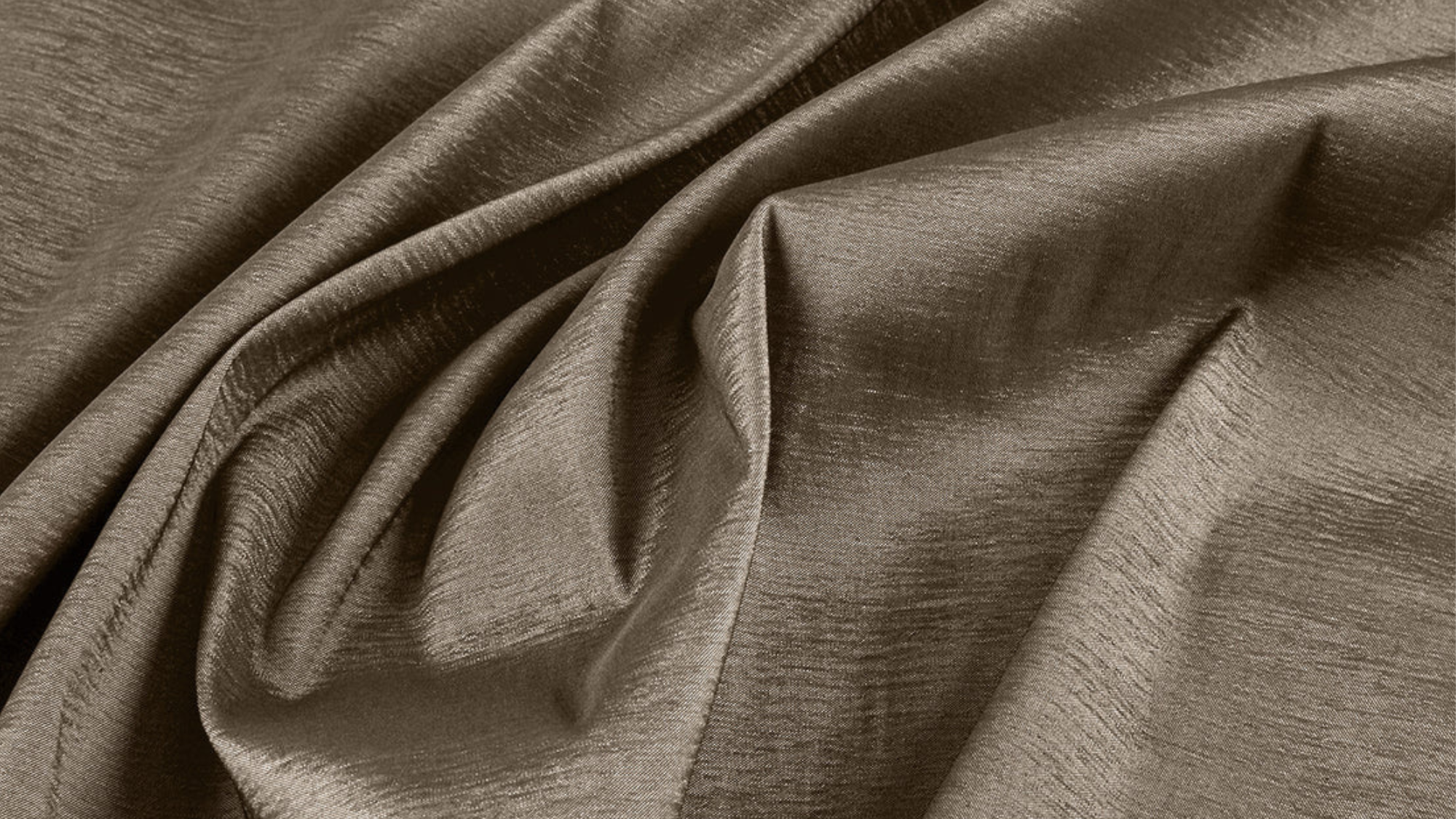
Plaid fabric is one of the most timeless and classic patterns you can wear, and can be styled in every aesthetic, from preppy to punk. But do you know the rich history of plaid fabric, and how to tell the different styles apart? Find out all this and more in our guide to plaid!
What is plaid fabric and how is it defined?
Plaid fabric is a textile characterized by a distinctive pattern consisting of intersecting vertical and horizontal stripes of varying widths and colors. The pattern typically creates a checkered or crisscross design, which is known for its visual appeal. Plaid patterns can vary widely in terms of color combinations, scale, and design complexity.
Plaid fabric can be made from various materials, including cotton, wool, flannel, and synthetic fibers. The word "plaid" originally referred to a specific type of fabric that was made from wool and used in Scottish kilts. However, over time, it has come to refer to the pattern itself, and plaid patterns can now be found on a wide range of garments and textiles.
Plaid fabrics have been popular for centuries and are associated with various cultural and fashion traditions, including Scottish tartans, which are specific types of plaid patterns associated with Scottish clans and families. Plaid is commonly used for clothing items like shirts, skirts, dresses, and scarves, and it is also used for home textiles such as blankets, curtains, and upholstery.
The popularity of plaid fabric has made it a timeless and versatile choice in fashion and design, with many different variations and interpretations of the classic pattern.

Zelouf Victoria Yard Dye Taffeta Plaid
What is the difference between plaid, tartan, gingham, and buffalo print fabric? How do I tell them apart?
Plaid, tartan, checkered, gingham, and buffalo plaid are all distinct fabric patterns, each with its unique characteristics. Here are the key differences between them:
- Plaid
- Plaid is a broad term that refers to a pattern consisting of intersecting stripes of varying widths and colors, creating a checkered or crisscross design.
- Plaid patterns can be simple or complex and come in various color combinations, making them quite versatile.
- They are used for various clothing and fabric items, from shirts and skirts to blankets and upholstery.
- Tartan
- Tartan is a specific type of plaid pattern that is traditionally associated with Scottish clans and families.
- Each tartan is unique to a particular clan, with specific colors and patterns that represent their heritage.
- Tartan patterns often have a cultural or historical significance and are frequently used in kilts and other traditional Scottish clothing.
- Checkered
- A checkered pattern consists of evenly spaced, uniform squares, typically in two contrasting colors.
- The squares in a checkered pattern are usually the same size and maintain equal spacing.
- Checkered patterns can be found in various applications, from tablecloths and floor tiles to racing flags and clothing.
- Gingham
- Gingham is a type of checkered pattern characterized by small, even-sized squares in two colors, typically white and another color (often red or blue).
- The squares in gingham patterns are regular and evenly spaced.
- Gingham is commonly used for shirts, dresses, tablecloths, and other casual and summery fabrics.
- Buffalo Plaid
- Buffalo plaid, also known as buffalo check, is a bold plaid pattern typically consisting of two colors, with large and equal-sized squares.
- The most common color combination is black and red, creating a high-contrast design.
- Buffalo plaid is often associated with lumberjack or rustic aesthetics and is used for shirts, jackets, and decor items.
While all these patterns involve intersecting lines, they differ in terms of complexity, historical or cultural associations, and color choices. Plaid is the most general term, while tartan is specifically linked to Scottish heritage. Checkered patterns, including gingham and buffalo plaid, have distinctive characteristics that set them apart from traditional plaid designs.

Zelouf Carmen Menswear Plaid Scuba Crepe Jacquard in Hunter/Black
What are some different ways to style plaid fabric?
Styling plaid fabric can be a fun and versatile way to create various looks, from casual to formal, and can be adapted to different seasons. Here are some different ways to style plaid fabric:
- Casual Chic
- Wear a plaid button-down shirt with a pair of well-fitting jeans and sneakers for a comfortable, everyday look.
- Tie a plaid shirt around your waist as a trendy accessory for a simple T-shirt and shorts combo.
- Preppy Vibe
- Combine a plaid skirt or shorts with a crisp white blouse and ballet flats for a classic preppy outfit.
- Layer a plaid blazer over a solid-colored dress or skirt for a sophisticated yet youthful appearance.
- Classic Fall/Winter Style
- Embrace the cozy vibes of fall and winter with a plaid flannel shirt, jeans, and ankle boots.
- Stay warm with a plaid wool coat over a turtleneck sweater and slacks.
- Boho-Chic
- Opt for a loose, flowy plaid maxi dress and pair it with bohemian accessories like suede boots, a floppy hat, and layered jewelry.
- Combine a plaid shirt with distressed denim and fringed ankle boots for a boho-inspired look.
- Grunge Revival
- Channel the '90s grunge style with a plaid flannel shirt, black skinny jeans, combat boots, and a beanie.
- Layer a plaid dress over a graphic tee and fishnet tights for an edgier take on the trend.
- Business Casual
- Choose plaid trousers or a plaid pencil skirt and pair them with a solid-colored blouse and heels for a professional look.
- A plaid blazer can be worn over a monochromatic dress for a stylish office-appropriate ensemble.
- Layered Look
- Use plaid as a layering piece by wearing it under a sweater or vest, allowing the pattern to peek out subtly.
- Create depth by adding a plaid scarf or poncho to your outfit, especially in colder months.
- Mix and Match
- Experiment with mixed prints by combining plaid with other patterns, like stripes, polka dots, or florals. Ensure that the colors complement each other.
- Consider pairing a plaid top with plaid bottoms, making sure the patterns contrast in size or color.
- Accessories and Footwear
- Use plaid accessories like scarves, hats, or bags to add a pop of pattern to an otherwise neutral outfit.
- Plaid shoes, such as plaid flats or boots, can be a subtle and stylish way to incorporate the pattern into your look.
- Seasonal Adaptation
- Opt for lighter and brighter plaids in spring and summer and switch to warmer and darker tones for the colder seasons.
- Consider the fabric weight; lightweight cotton plaid is suitable for warm weather, while wool or flannel plaid works well in the winter.
Personal style and preferences play a significant role in how you choose to style plaid fabric. Don't be afraid to mix and match to create unique looks that suit your personality and the occasion.

Zelouf Plaid Boucle in Coral/Brown
Where can I buy plaid fabric?
At Zelouf Fabrics, we offer dozens of plaid fabrics for purchase, both wholesale and by the yard! Explore our plaid collection.




